U.S. Gulf Coast LNG Bunker Plant Gets Green Light as Maritime Fuel Market Expands
A groundbreaking joint venture aimed at constructing the first offshore liquefied natural gas (LNG) bunkering facility on the U.S. Gulf Coast has received final regulatory approvals, with construction slated to begin by the end of this year. The project marks a pivotal step in the evolving maritime fuel landscape, offering a cleaner-burning alternative to traditional bunker oil amid tightening global emissions standards.
The approval signals both commercial and geopolitical importance. As international shipping regulations prioritize decarbonization and fuel flexibility, LNG is increasingly being adopted by vessel operators looking to reduce carbon intensity. Simultaneously, the U.S. administration under President Donald Trump has remained steadfast in promoting LNG infrastructure as a tool of energy diplomacy—particularly in light of efforts to curb European reliance on Russian gas.
This new LNG marine fueling terminal is designed to capitalize on that dual momentum, serving domestic shipping fleets without the need for federal export licenses, while potentially opening new revenue streams in U.S. coastal trade.
LNG Poised to Transform Marine Energy Economics
The development of this floating LNG fueling platform comes as part of a wider industry trend aimed at modernizing marine propulsion systems and reducing environmental impacts. Though renewable marine fuels are in early stages of development, LNG has emerged as an immediately scalable bridge fuel offering compliance with International Maritime Organization (IMO) emissions rules, especially the IMO 2020 sulfur cap.
LNG not only reduces sulfur oxide emissions to nearly zero but also cuts nitrogen oxides and particulates significantly compared to heavy fuel oil (HFO). While it is not a net-zero solution, it provides a lower-carbon interim path as shipping sectors prepare for a multi-fuel future.
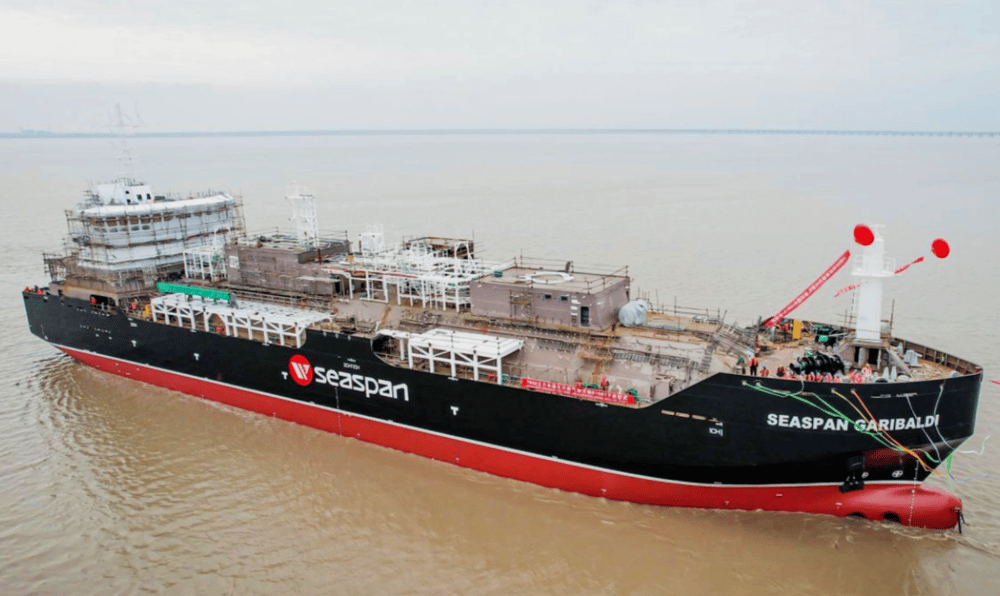
Driving Forces Behind the Project
Regulatory Clearance: Final permits have been secured, allowing full-scale construction to begin in late 2025.
Strategic Location: Positioned along the U.S. Gulf Coast to service key shipping lanes and ports.
Energy Security: Aligns with the U.S. goal to reduce European dependence on Russian gas.
Export Advantage: Domestic fueling means vessels avoid complex export licensing, offering a competitive edge.
Environmental Shift: Offers a cleaner maritime fuel alternative as global carbon regulations tighten.
Commercial and Geopolitical Drivers of LNG Fuel Expansion
The LNG bunkering facility isn't just about cleaner fuel — it's also about market positioning and policy leverage. Following Russia’s invasion of Ukraine, the U.S. LNG export capacity has expanded rapidly, with European allies increasingly reliant on American gas shipments. This facility supports that broader energy realignment by reinforcing the U.S. as both a global energy supplier and a domestic clean fuel innovator.
From a commercial standpoint, the project addresses a niche but rapidly growing segment: vessels that operate within U.S. waters, such as tugs, ferries, and coastwise container ships. These domestic fleets benefit from simplified regulation and reduced dependence on traditional, higher-emissions fuels.
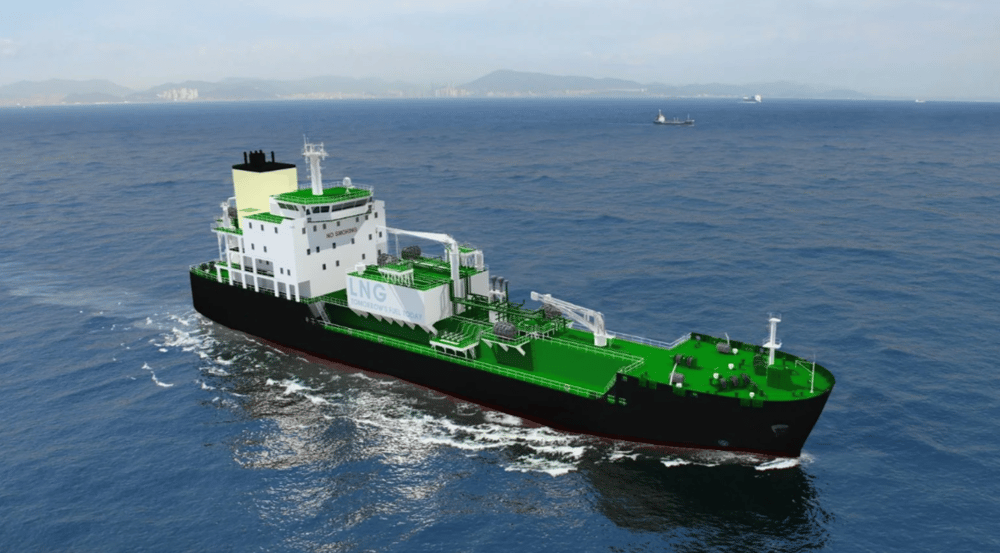
Critical Elements Shaping the LNG Bunkering Ecosystem
Maritime Decarbonization MandatesGlobal shipping operators are under pressure to meet net-zero goals by mid-century, driving interest in LNG as a transitional solution.
Domestic Market Access Without Export BarriersThe facility sidesteps international export restrictions, enabling rapid commercialization within the U.S. coastal and inland shipping markets.
Policy Backing for LNG ExpansionContinued federal support, including from the Trump administration, reinforces infrastructure investment and accelerates market development.
First-Mover AdvantageAs the inaugural offshore LNG bunkering site on the Gulf Coast, the project establishes a model that could be replicated in other U.S. maritime hubs.
Global Supply Chain ShiftsThe U.S. continues to assert influence over global energy logistics, leveraging LNG as both a commercial export and a strategic counterweight to foreign gas supplies.
LNG's Role in Shaping the Next Chapter of Marine Energy
The approval and imminent construction of the U.S. Gulf Coast’s first offshore LNG bunkering facility marks a milestone for both clean fuel adoption and the broader evolution of maritime energy infrastructure. By fusing environmental compliance, national energy strategy, and economic opportunity, the project illustrates how LNG is uniquely positioned to serve as a cornerstone in the decarbonization of shipping — without waiting for distant technological breakthroughs.
As international shipping lines recalibrate their fuel supply chains and environmental footprints, such facilities are likely to play a foundational role. The move also signals that the U.S. isn’t just exporting LNG by the tanker — it’s exporting the infrastructure and innovation needed to change how the world fuels its fleets.


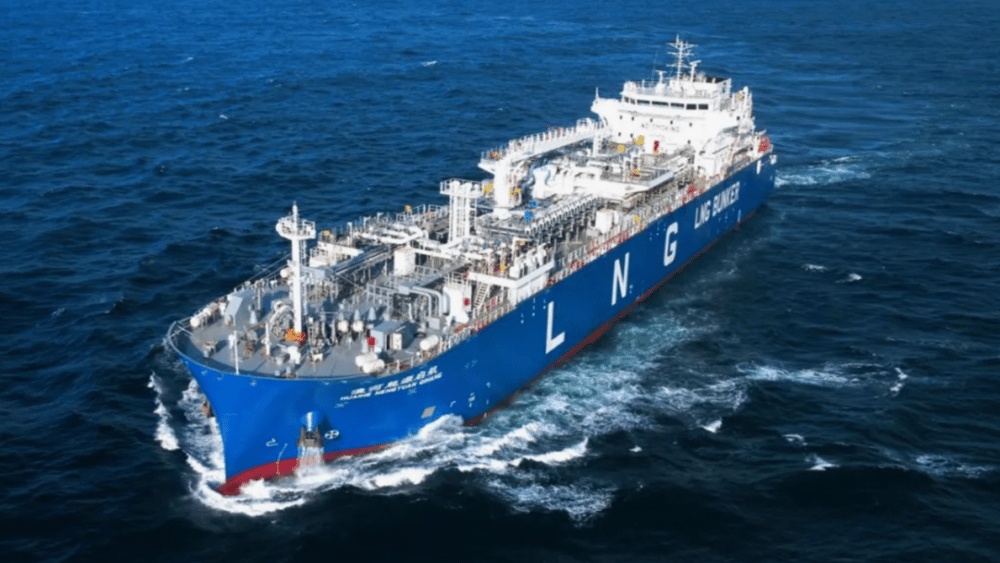
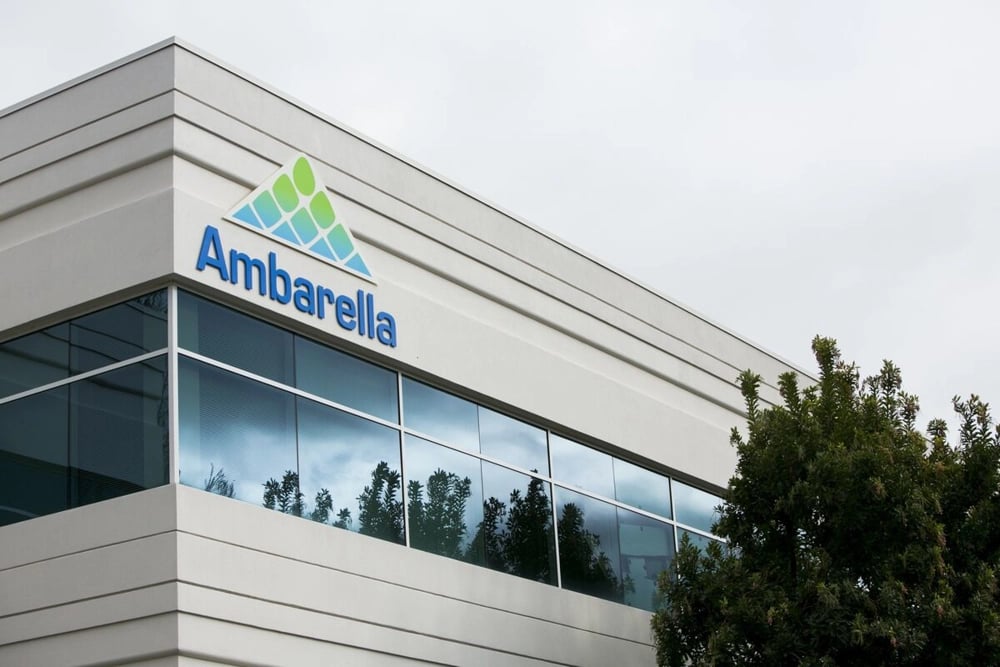
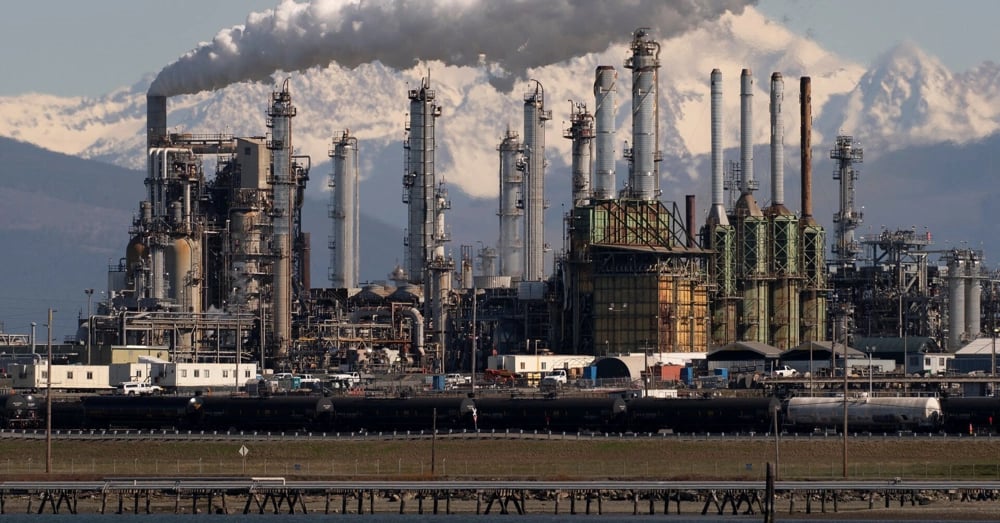




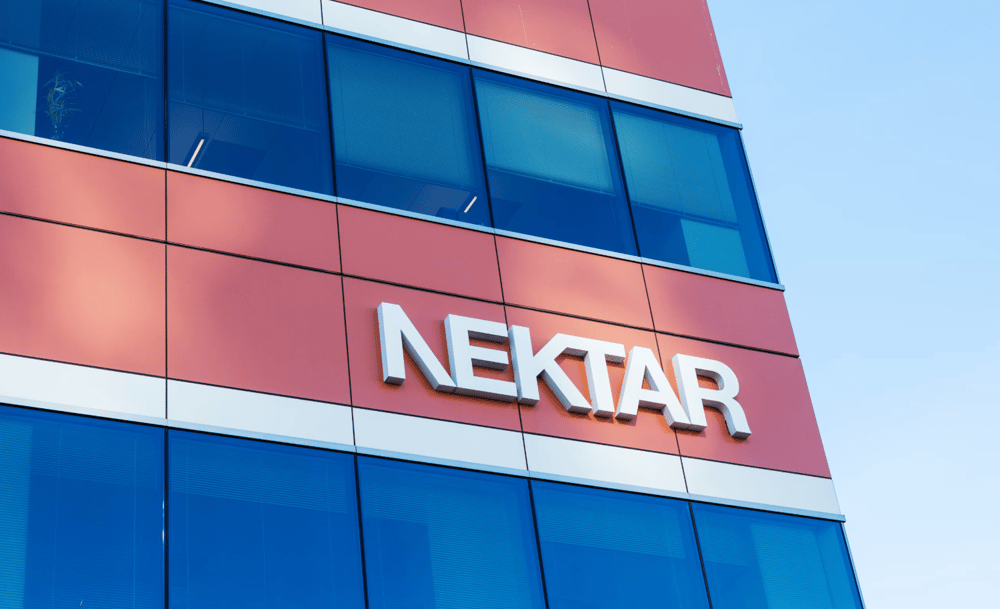

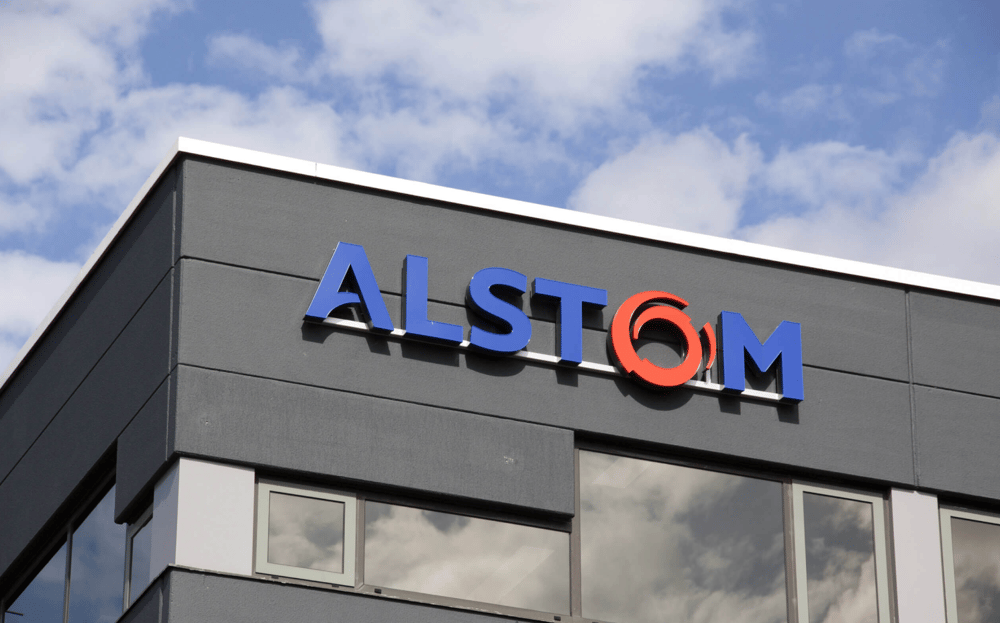
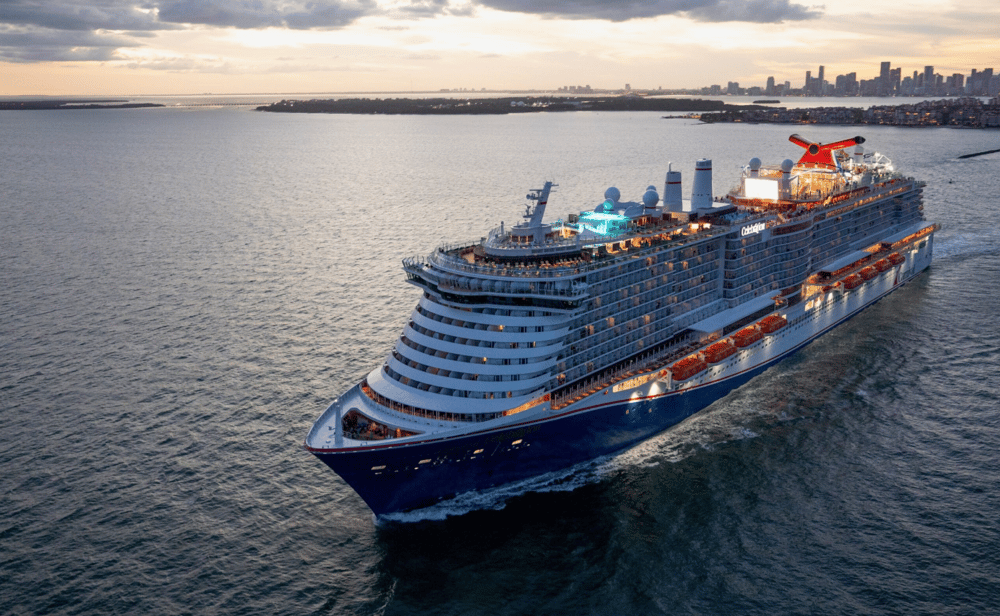
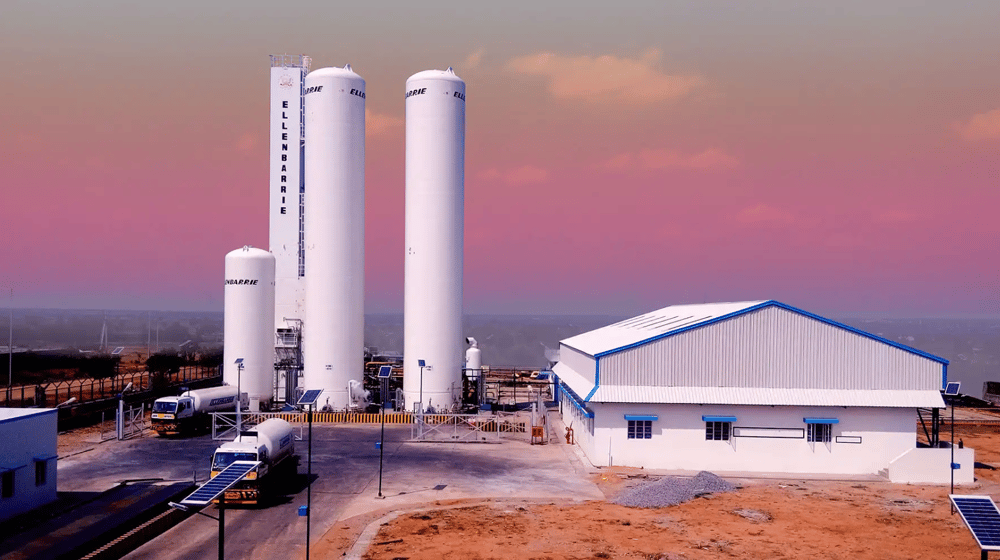

Comments
This development might be a game changer for the automation landscape in tech